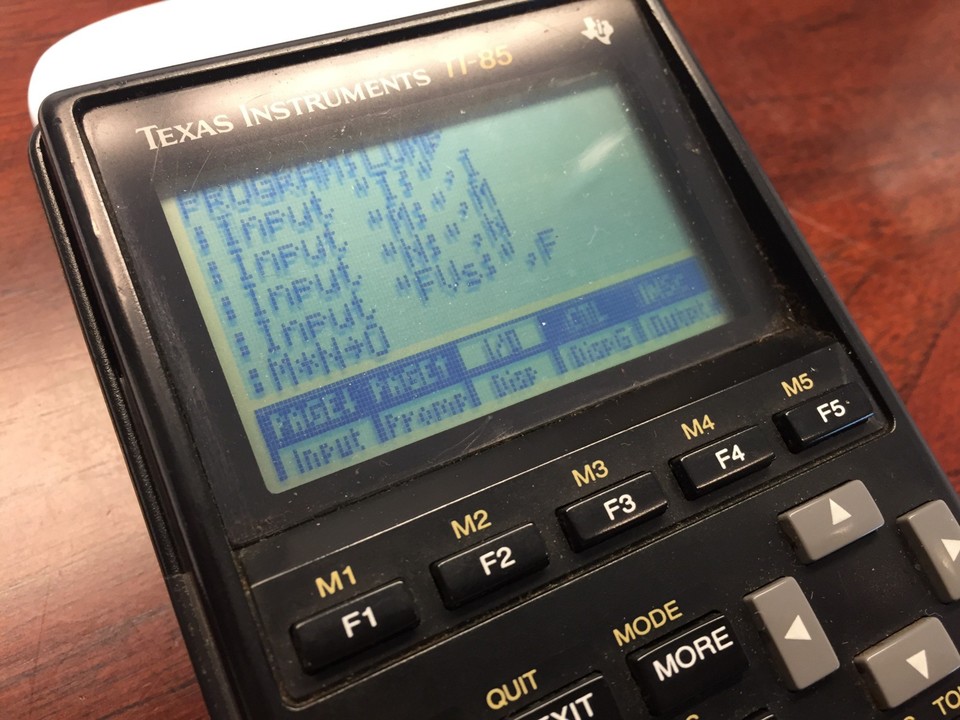How Tech is Transforming the Calculator Game: From Soup to Solutions – Calculators have been a staple in our lives for decades, aiding us in complex mathematical equations, scientific calculations, and everyday arithmetic. However, with the advancement of technology, calculators have evolved from simple devices to sophisticated tools that offer a wide range of functions and capabilities. In this article, we will explore how technology has transformed the calculator game, making them more powerful, versatile, and accessible than ever before.
The Evolution of Calculators
The history of calculators dates back to the early 17th century, with the invention of the abacus. Over the centuries, various mechanical calculators were developed, leading to the creation of electronic calculators in the mid-20th century. These early electronic calculators were limited in functionality, offering basic arithmetic operations such as addition, subtraction, multiplication, and division.
However, with the advent of microprocessors and integrated circuits, calculators began to evolve rapidly. The introduction of scientific calculators in the 1970s revolutionized the field of mathematics, providing students and professionals with the ability to perform complex calculations, trigonometric functions, and statistical analysis.
The Rise of Graphing Calculators
One of the most significant advancements in calculator technology was the development of graphing calculators. These devices, first introduced in the 1980s, revolutionized the way students and professionals visualize mathematical functions and equations. Graphing calculators are equipped with high-resolution screens that can display graphs, charts, and plots, allowing users to explore mathematical concepts in a visual and interactive way.
Graphing calculators also come with a wide range of functions and capabilities, including calculus, algebra, and geometry functions. They are widely used in education, particularly in high schools and universities, where they are used to teach and learn complex mathematical concepts.
The Digital Age of Calculators
In recent years, the rise of smartphones and mobile apps has transformed the calculator game once again. Today, there are countless calculator apps available for download, offering a wide range of functions and capabilities. These apps can perform everything from simple arithmetic to complex scientific calculations, making them incredibly versatile and powerful tools.
Furthermore, the integration of calculators into other digital tools, such as word processors and spreadsheets, has further expanded their usefulness. For example, modern word processors often come equipped with built-in calculators, allowing users to perform calculations directly within their documents without the need for a separate calculator app.
The Future of Calculators
Looking ahead, the future of calculators is bright. With the continued advancement of technology, we can expect to see calculators become even more powerful, versatile, and accessible. Artificial intelligence and machine learning technologies are already being integrated into calculators, allowing them to perform more complex calculations and provide more accurate results.
Furthermore, the integration of calculators into wearable devices, such as smartwatches, is opening up new possibilities for calculator technology. Imagine being able to perform complex calculations right from your wrist, wherever you are.
In conclusion, technology has transformed the calculator game, making calculators more powerful, versatile, and accessible than ever before. From the early mechanical calculators to the sophisticated graphing calculators and mobile apps of today, calculators have come a long way. As we look to the future, we can expect to see calculators continue to evolve, becoming even more essential tools in our digital world.

